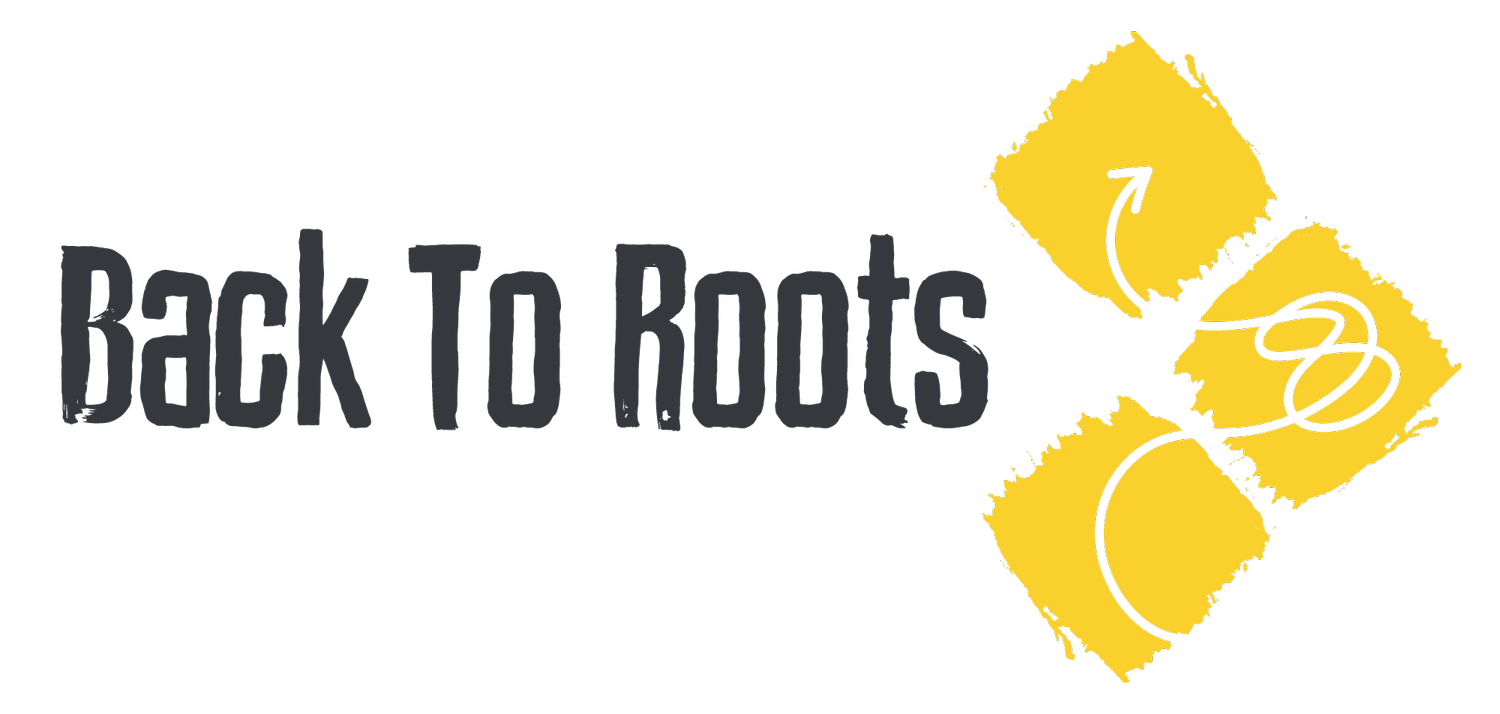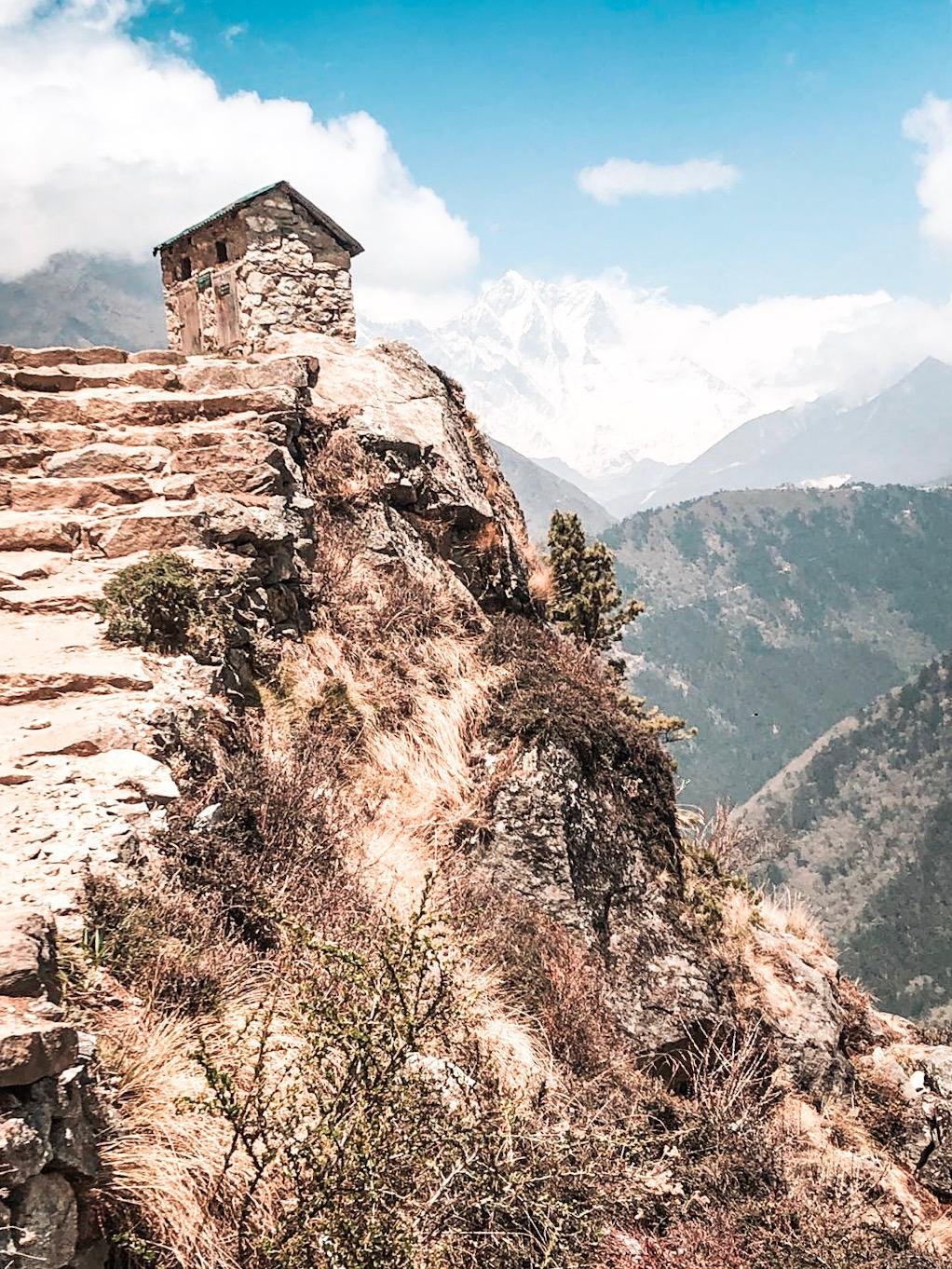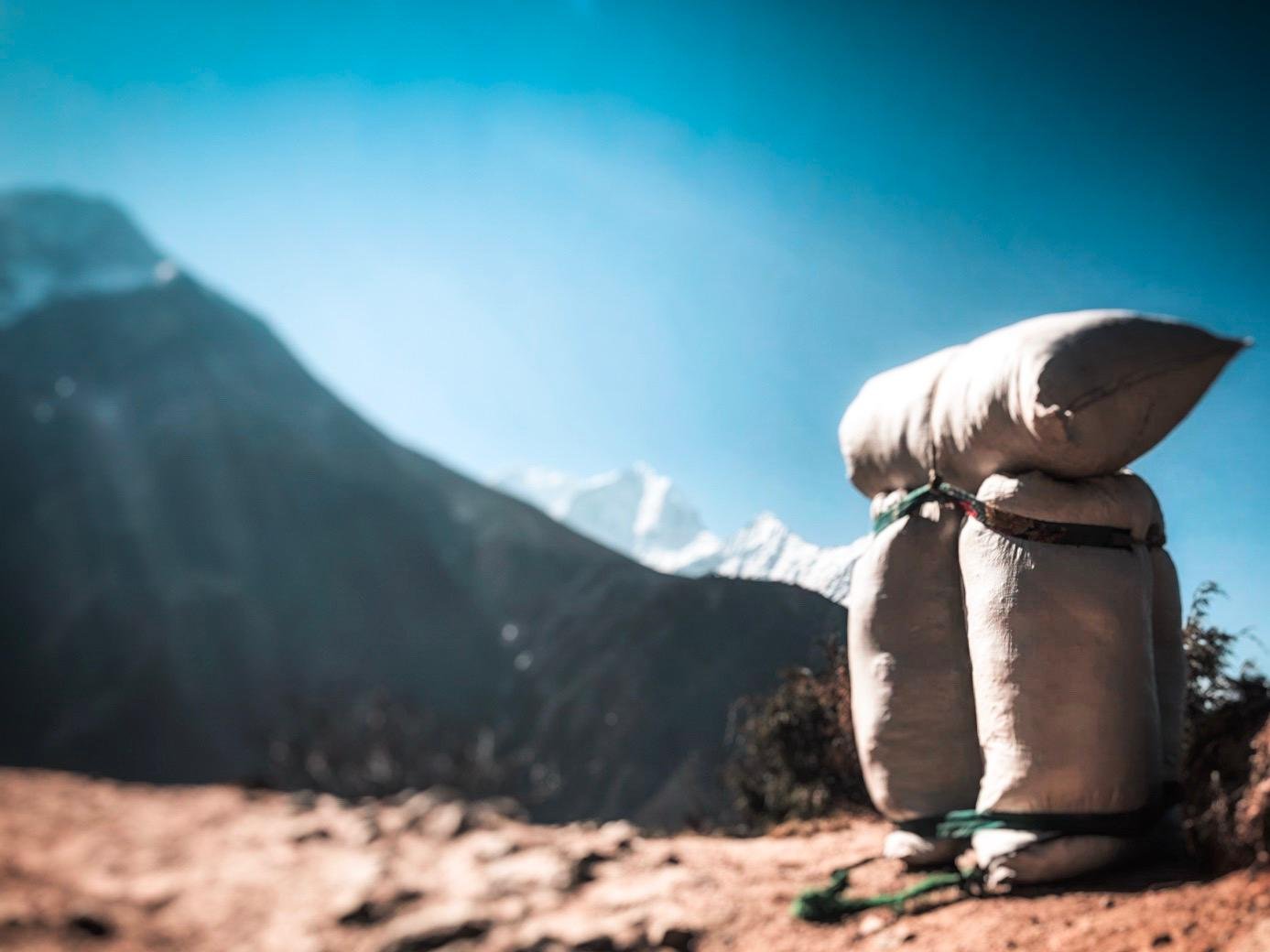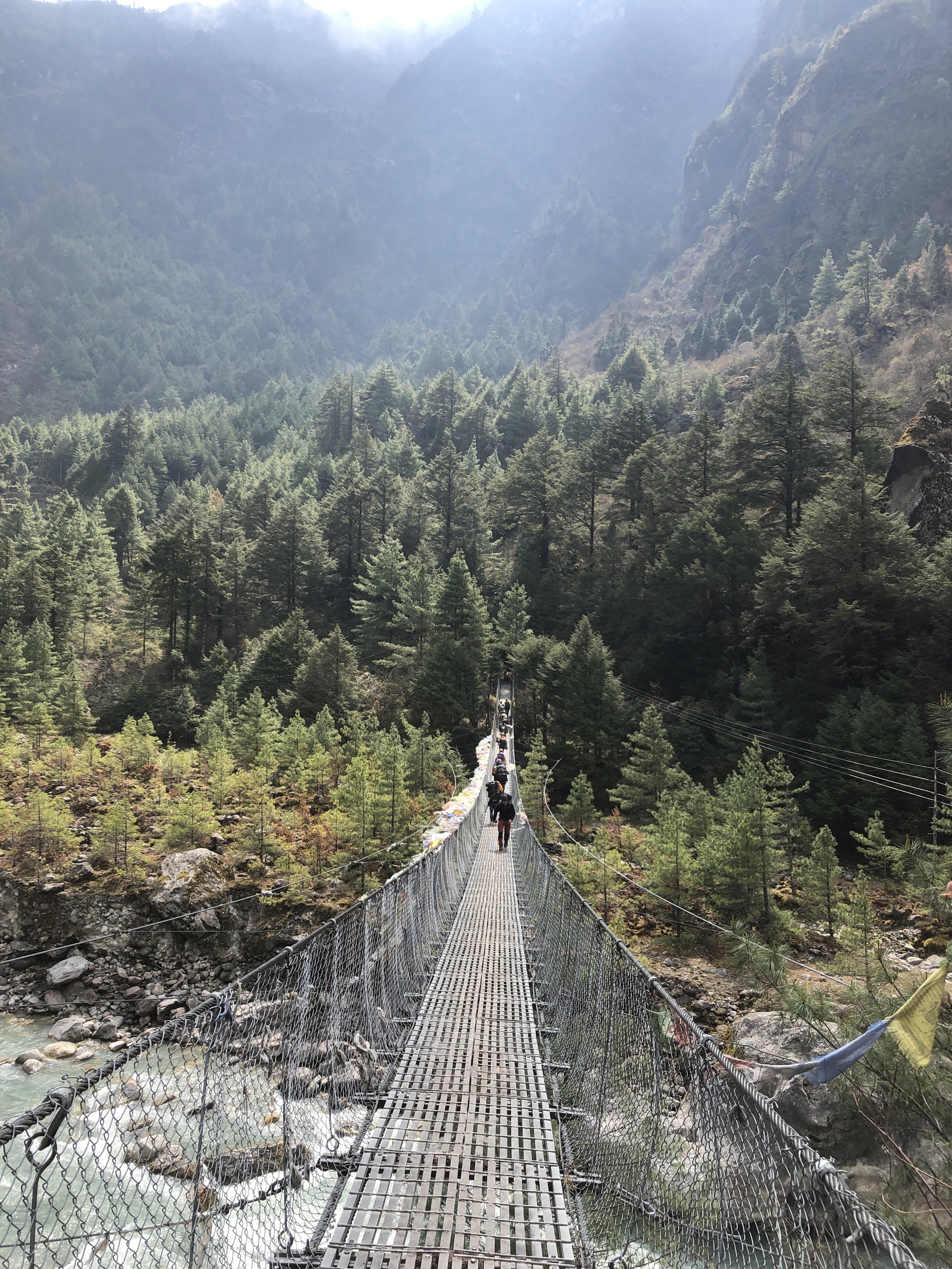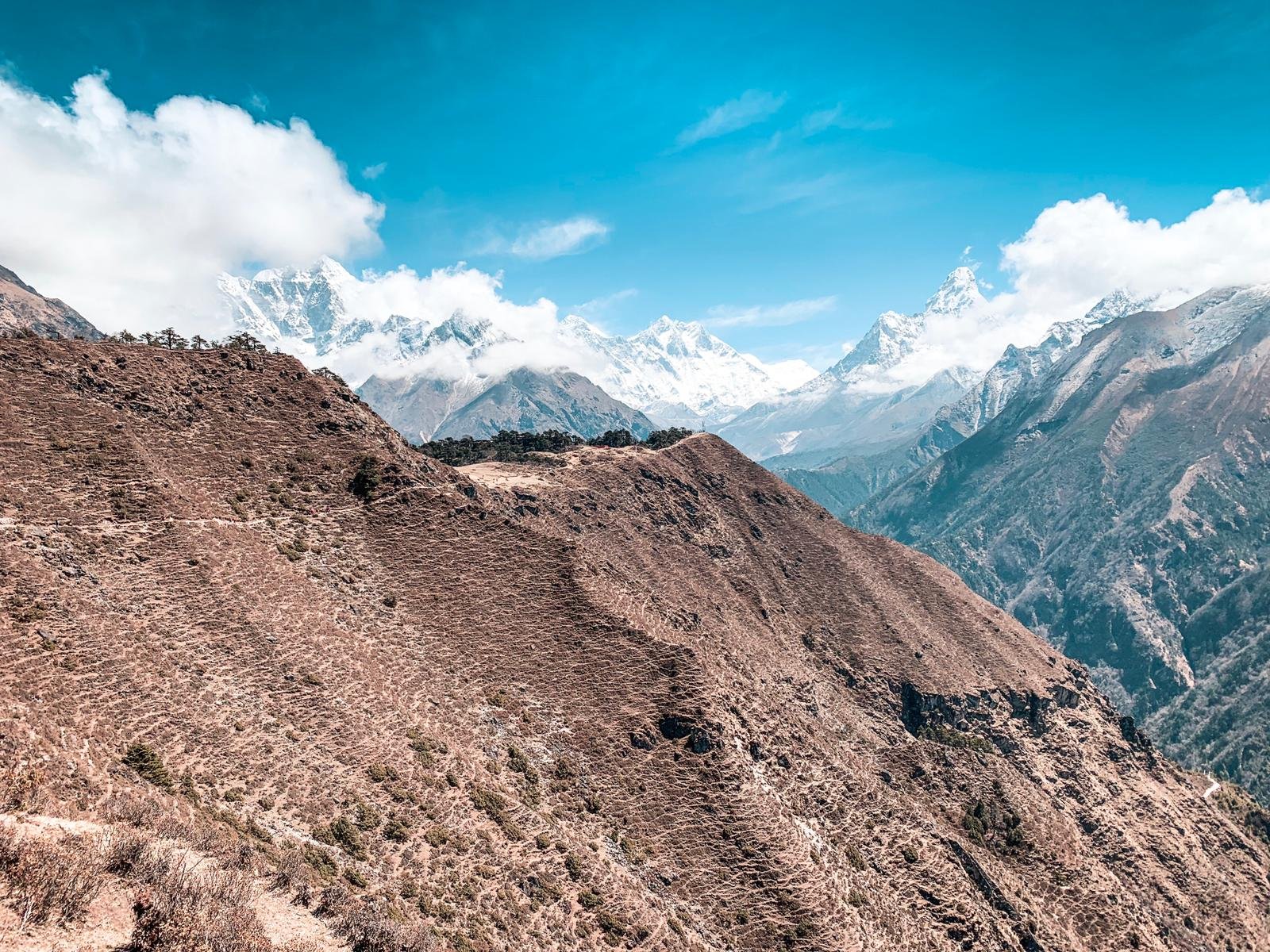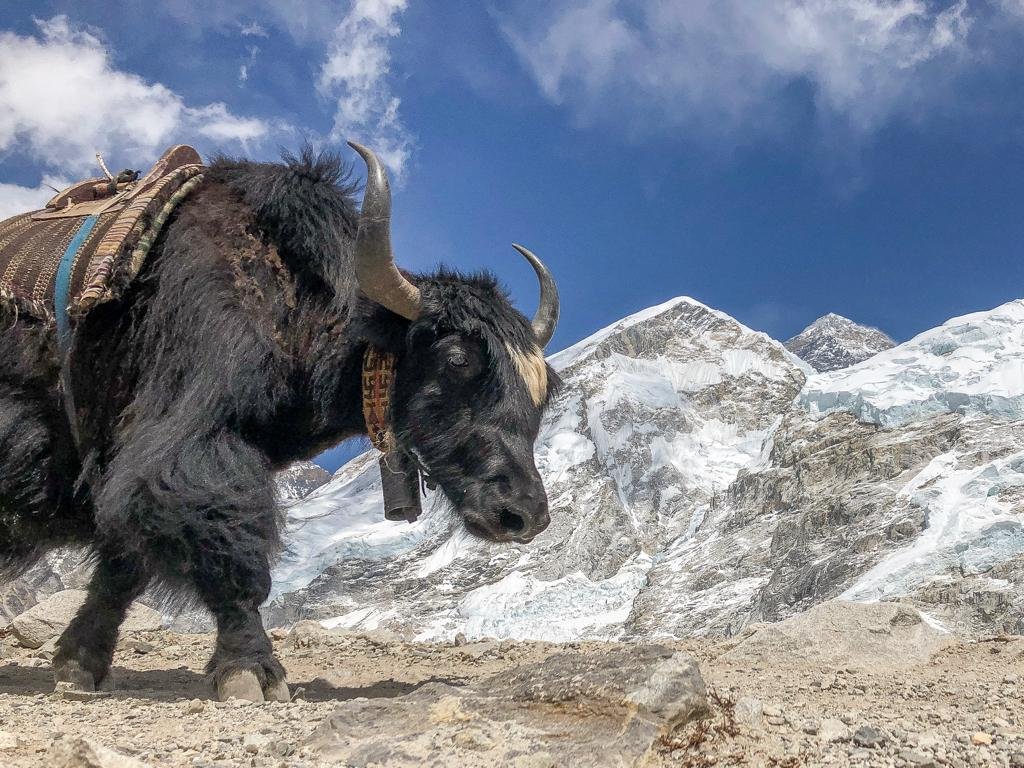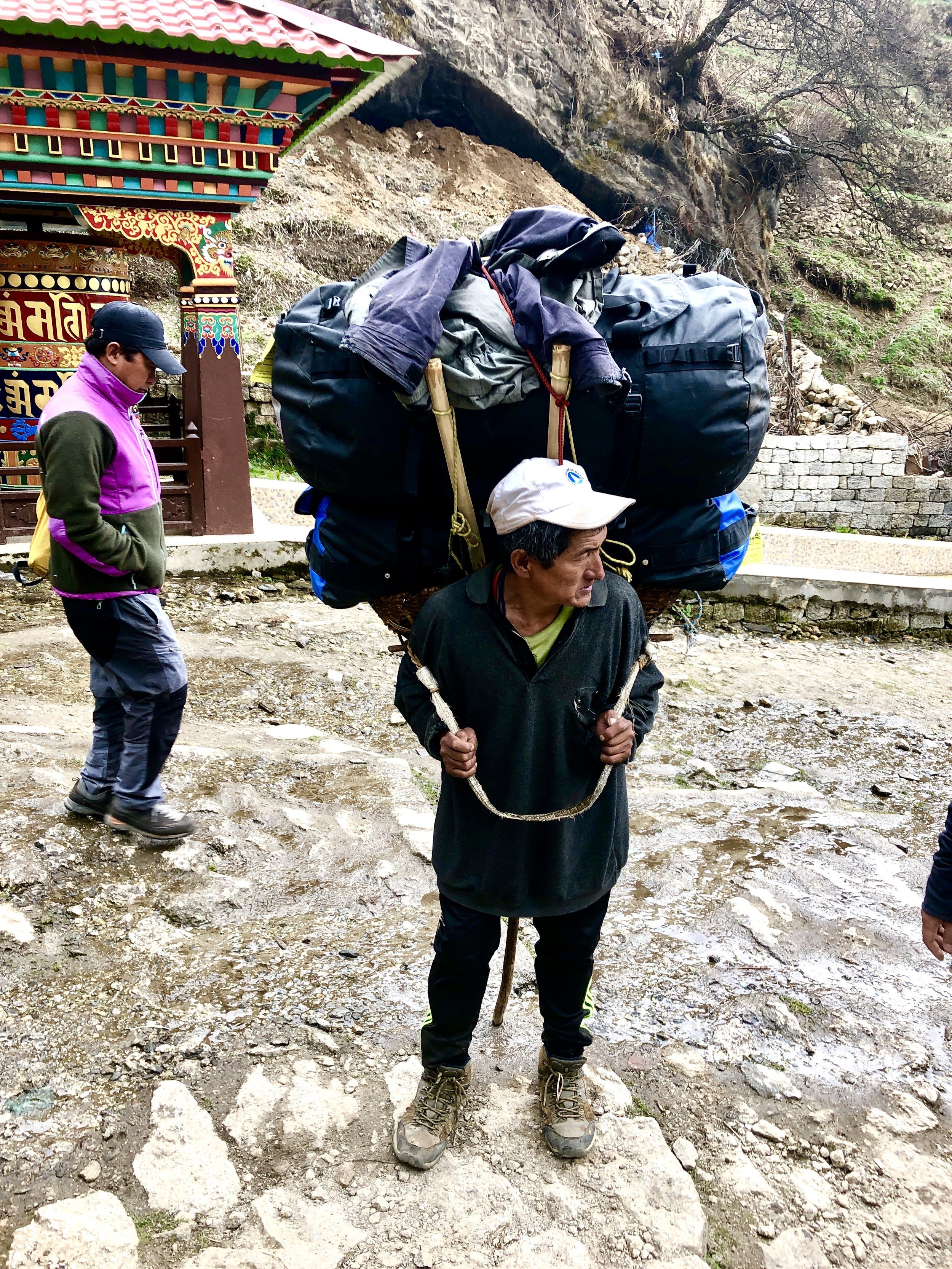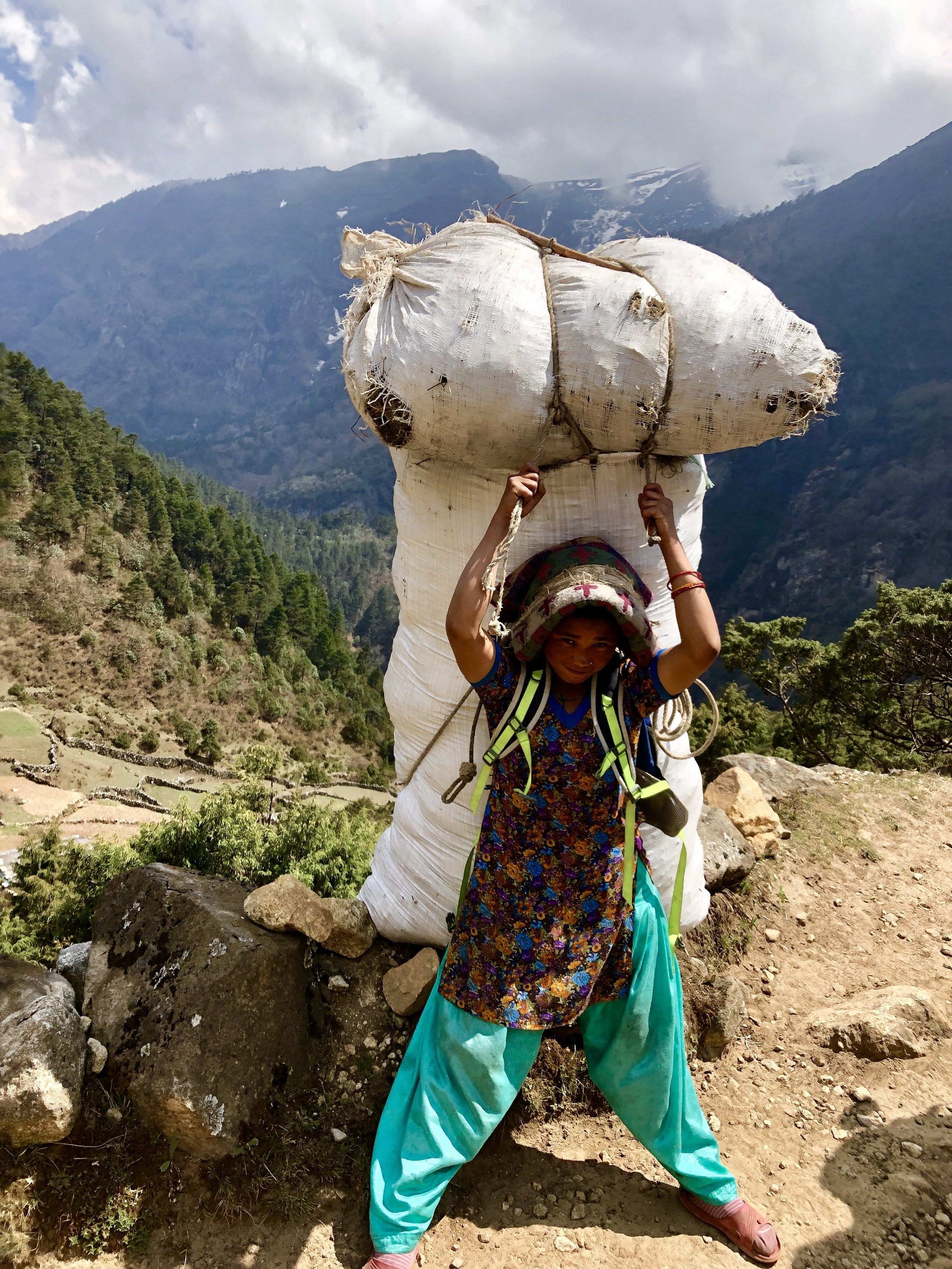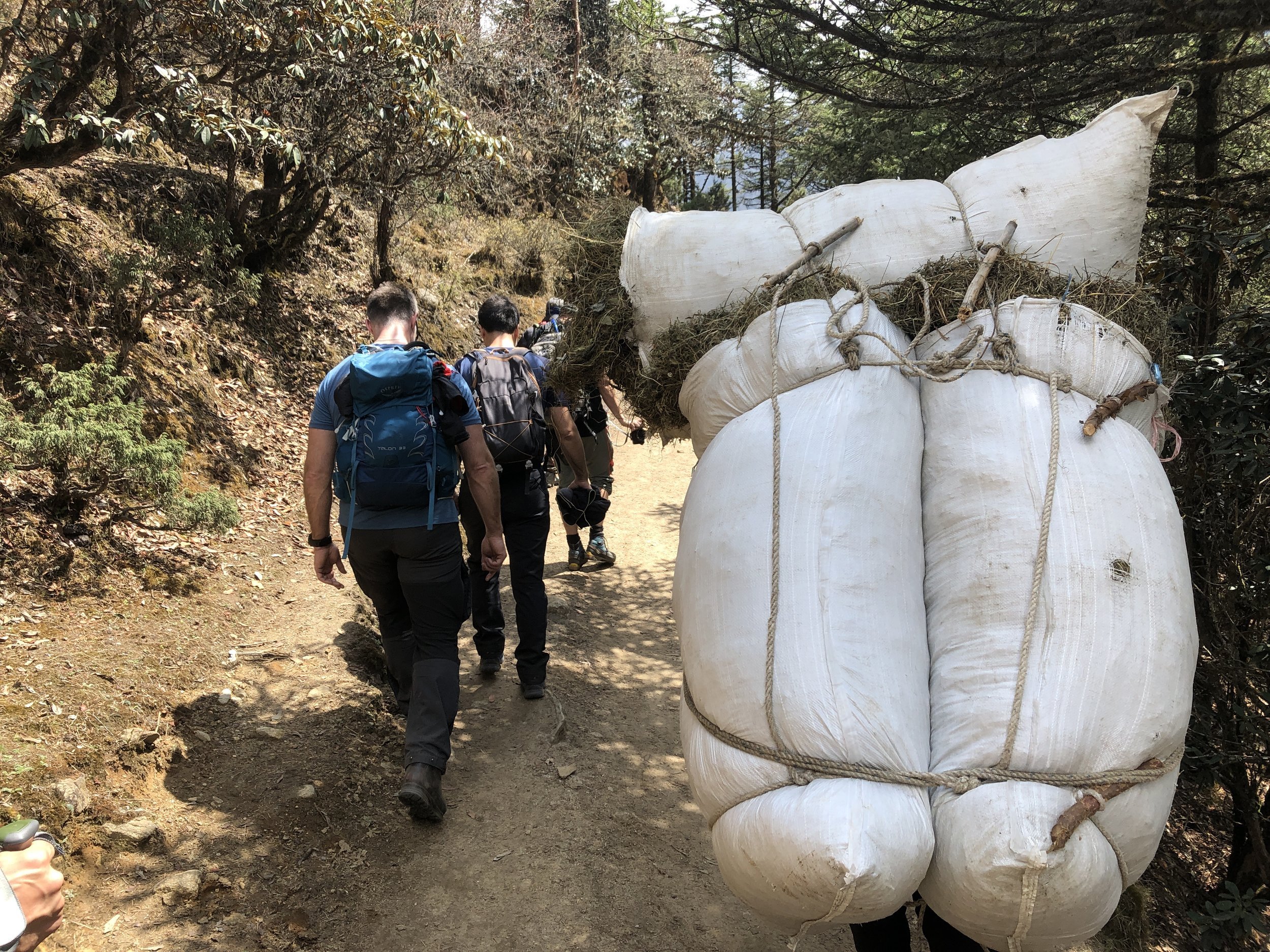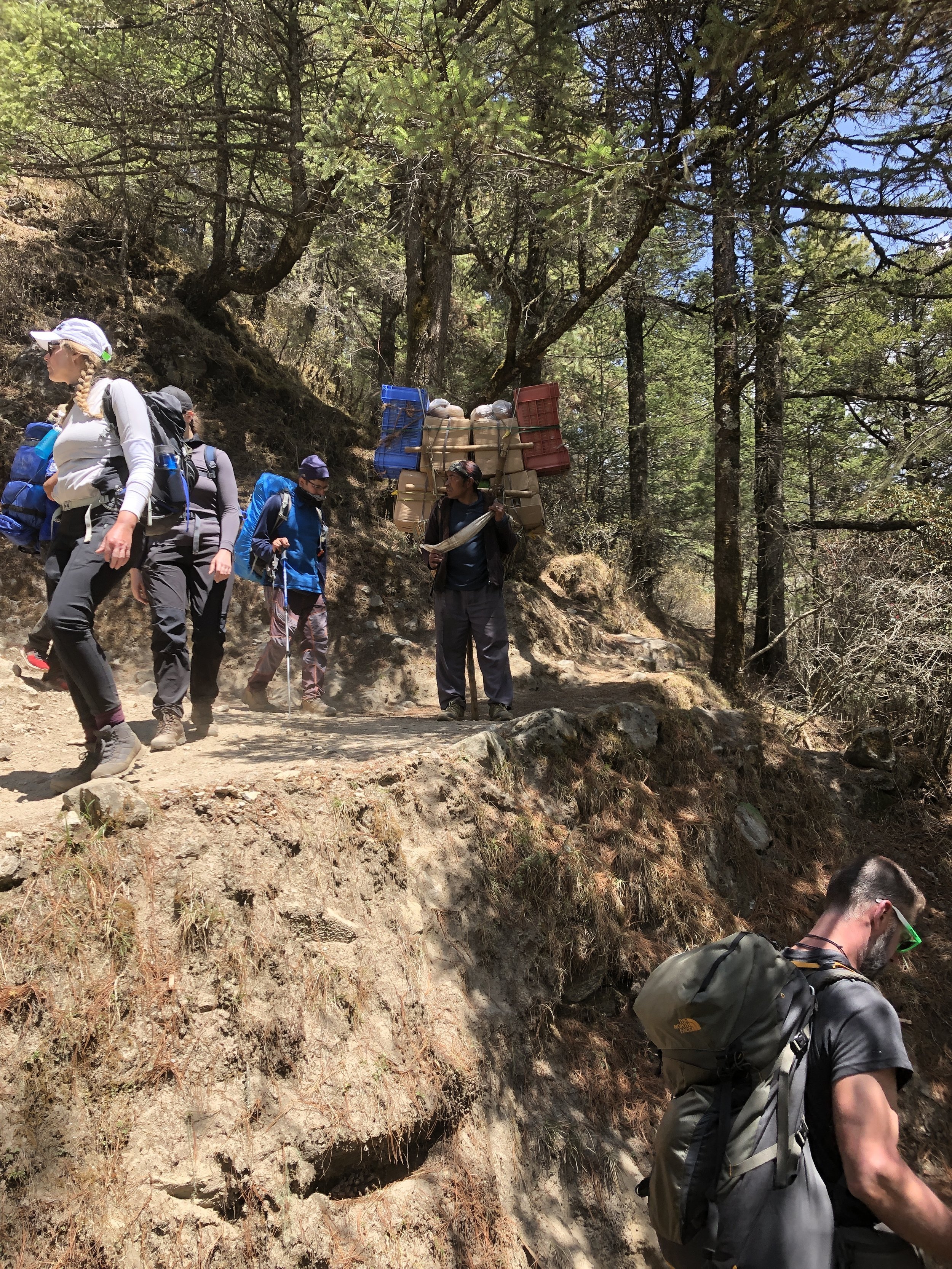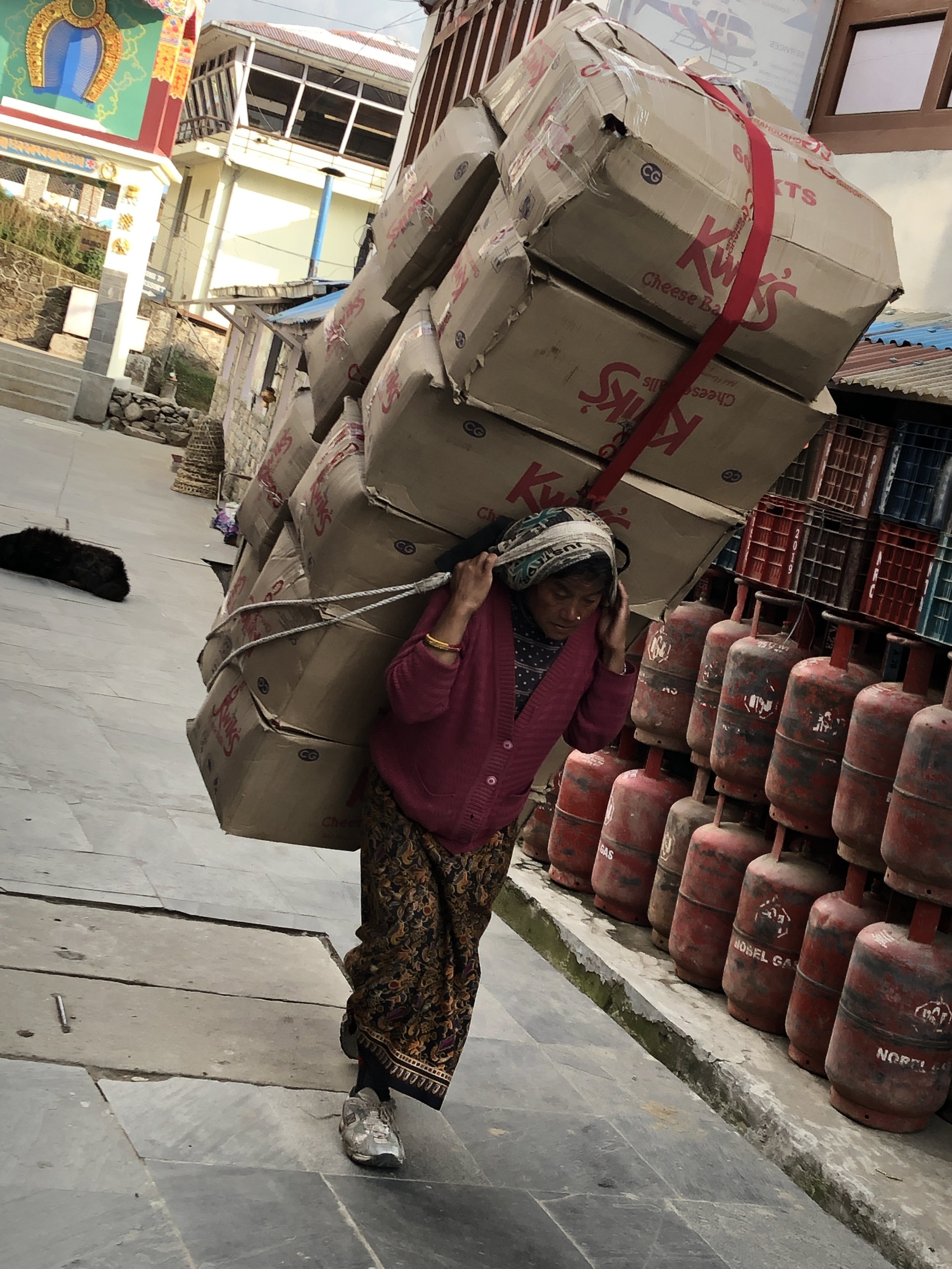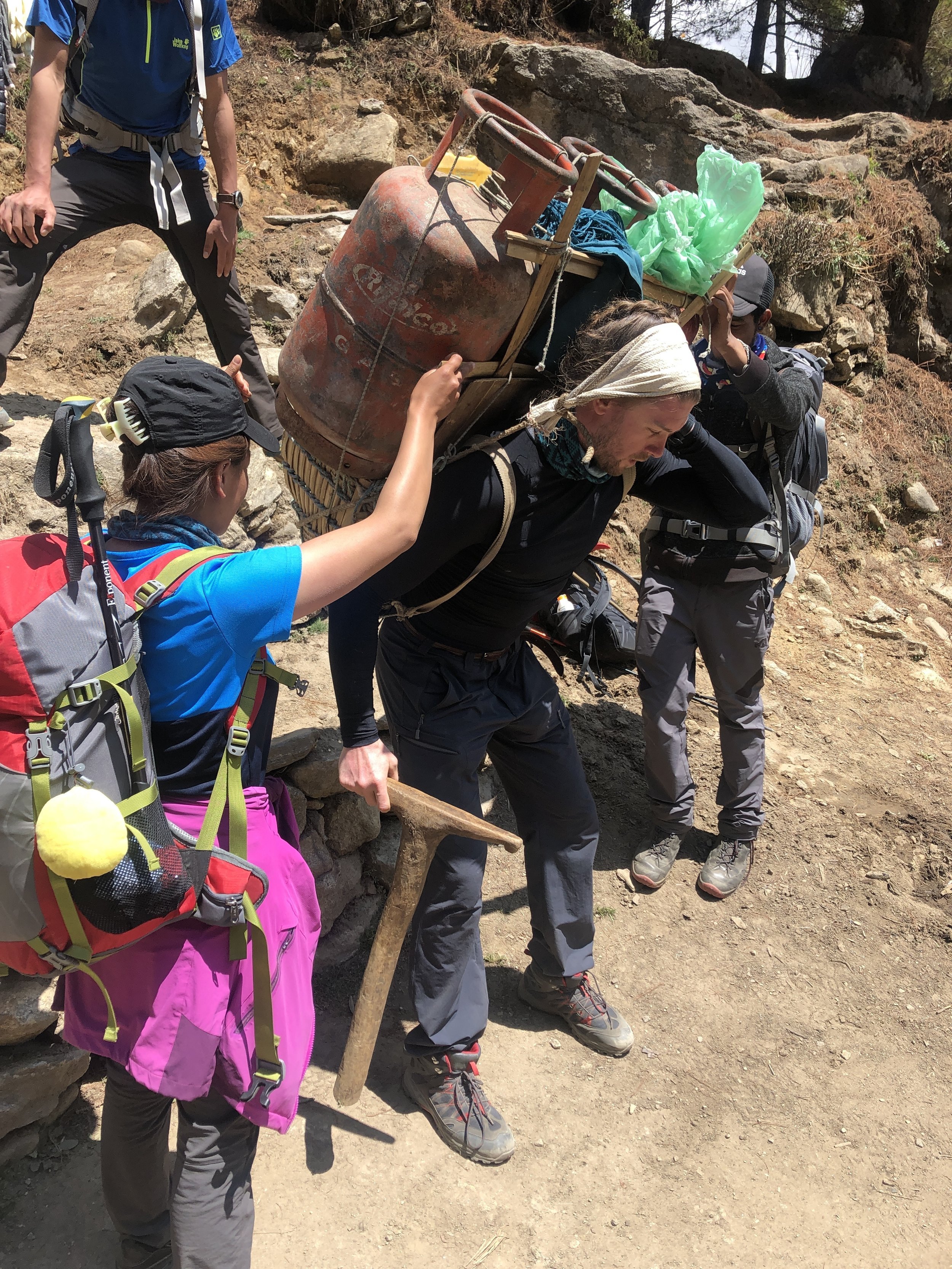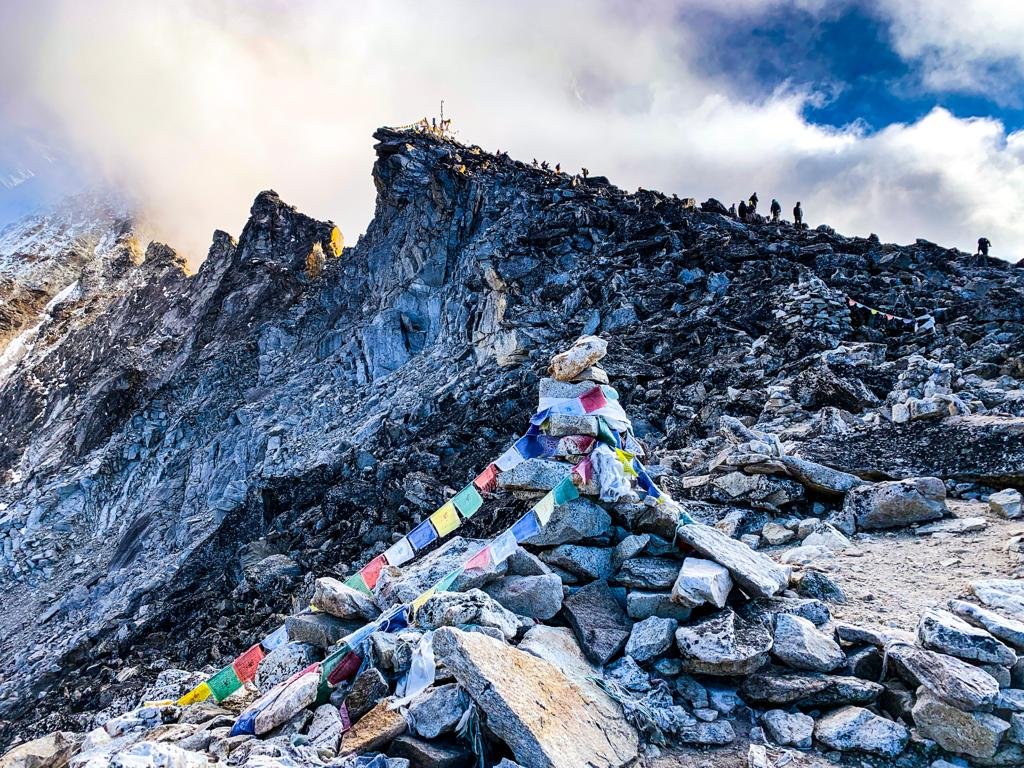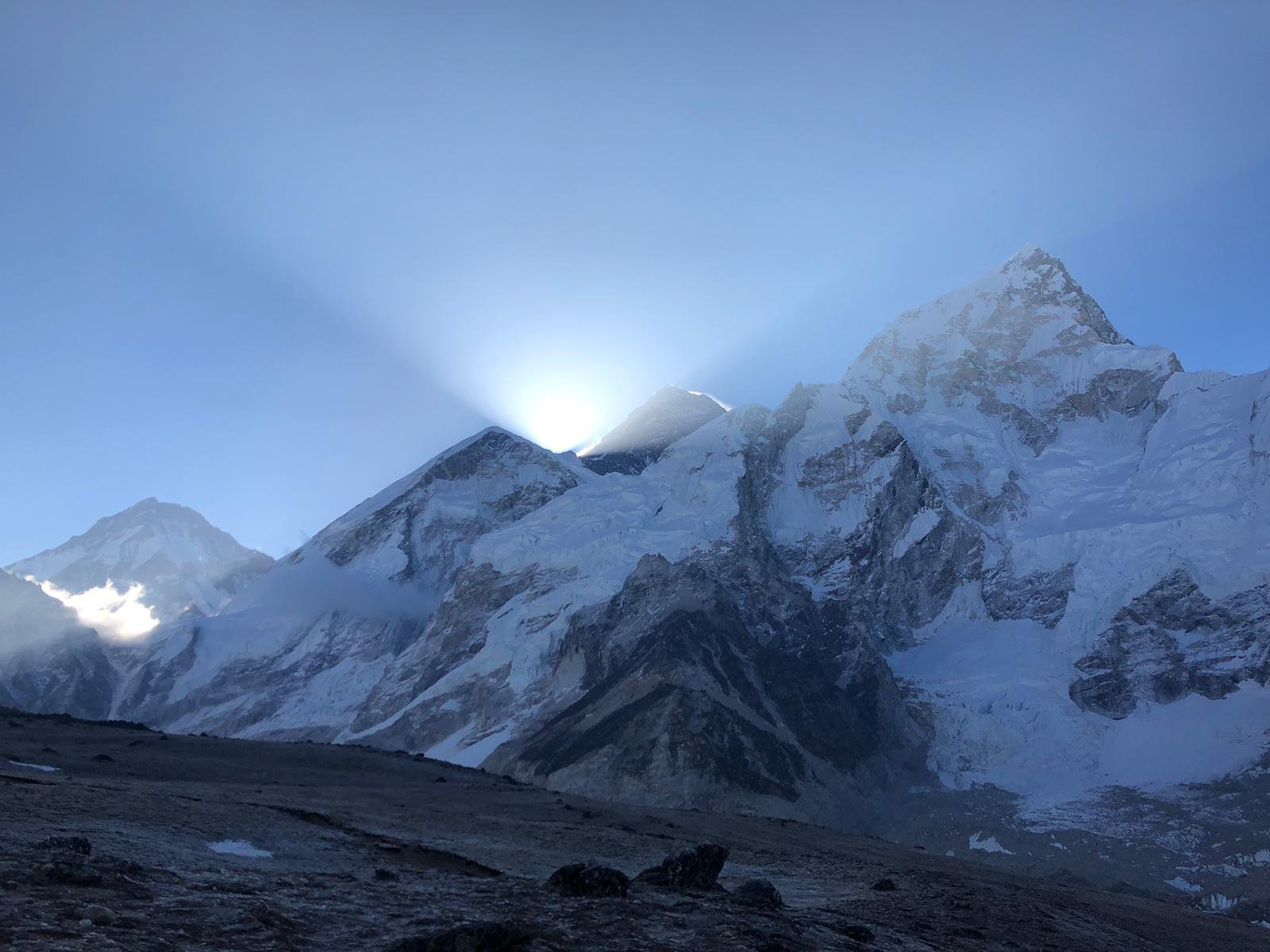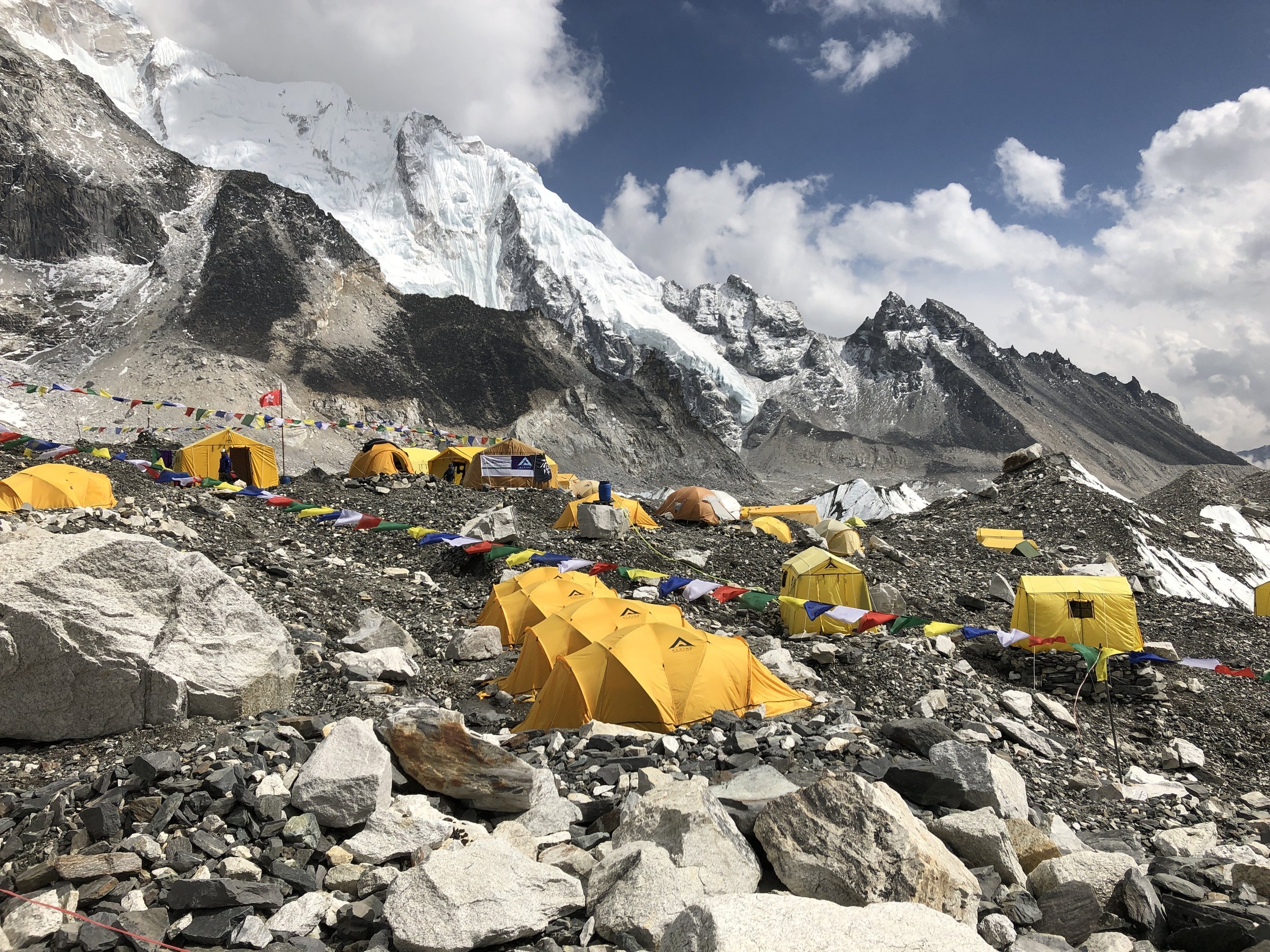Back to Roots, Blue Zones & Walking in the Himalayas - Everest Base Camp 2019
For the past two weeks we have been trekking through the prestigious Himalayan mountain range to Everest Base Camp.
Thankfully we all made it, and sure learned a lot along the way about what truly constitutes healthy living in the local people here.
We walked anywhere from 10-25km per day
Through one of the most stunning landscapes on Earth…
We passed many yaks. (Thats Everest peaking through in the middle)
We also passed through many villages, unreachable in anyway other than foot. So to be able to live here, the local people have adapted in some quite astonishing ways.
As shown in some of the images above, these people carry in excess of 2.5-3 times their bodyweight (120kg+), for 8+ hours per day, up the mountains, at altitude, often in flip flops on very challenging terrain.
I simply had to experience it myself.
Having this neck strap and awkward weight on just for a few moments was a very humbling exposure to normal life for these people. I took a video (below) of a porter carrying heavy planks down a very tricky bank. Check it out!
The postures these folks have adapted to is a great example of what our body is capable of if our culture and society dictates we require it too. I did a brief search for the rates of pain and injury in these people which unsurprisingly has very little data. This 2018 paper did ask 246 farmers of the nearby district Bkahtapur where they feel pain or discomfort and not surprisingly they reported aches and pains in all the major body areas we see in the west, including the most frequent complaint being the low back (36% of the sample). 1 There was no consideration for disability however to show how these complaints affect their ability to participate in their work or activities of daily living. From my experience I would suspect that the alternatives to a very swift return to earning money are limited and that the people here simply have to return as soon as possible.
“There is no correct way to walk”
It wasn’t just amazing spinal tolerance and capacity we witnessed, see the video below for the bilateral ankle pronation that was completely normal for this person and many others we saw. Interestingly only 13% of the sample in the above paper reported ankle or foot pain! A fantastic demonstration of us humans as non-linear complex systems. There is no one 'correct way' we should do almost anything, including walking.13
Looking beyond the impact of pain, perhaps one of the most striking things we saw was how the people here were so happy with apparently so little (or did they have everything?).
By age 8, this lad will be able to operate almost all the required duties to run his household, tells Padam, our guide. Family orientation is something central to the longevity of Blue Zone living.
The people here grow up symbiotically with the animals they work. A ‘purpose’ each day that makes getting up important.
Almost every village we passed welcomed us with something similar to this…..
Ignore the cute picture of the baby yak, the video shows an elderly lady working hard to produce her families food, background exercise and an integral connection to the food she will eat.
“Calling for all researchers to provide us evidence for something superior to walking for chronic back pain. We are still looking.”
From a research perspective, we know that for the greatest burden on healthcare in the western world it is difficult to beat exercise as our prescription. Yet, we also know that there is no superior exercises to another and it is very difficult to find an exercise more effective for back pain than walking.2,3,4,5,6,7,8,9,10,11,12
One of the criticisms of prescribing ‘walking’ however is that it just isn’t that sexy. This trip has served as an experiment to see if we can sex walking up a little.
Group stop off for tea, lunch and take in the views.
Some of the B2R team taking a moment, after reaching the bottom of a (very large) mountain.
Left to right: Asbjorn, Rhys and Luke.
Perhaps having a really motivating end goal is what we need to inspire us to get out walking and active. Our trip to Nepal was something we started paying for 12 months ago as part of an organised payment package. This way, normal folk like us can afford this sort of trip that many perceive to be financially out of reach.
High background activity (walking 8+ hours a day), limited food intake (exclusively vegetarian) replicated blue zone cultures and on average we each lost a stone. We did not see overweight locals, excessive weight is simply not conducive with the lifestyle. Anything we can learn here and apply ourselves back home? Maybe.
“High background activity, limited (vegetarian) food and on average a stone lost each. ”
We are already looking at our adventure for 2020 to start planning this summer, which is looking like a trip to Africa and Mt Kilimanjaro but before then, we have a 42 mile cross Wales walk on 22nd June 2019.
Walking, more inspiring than once thought perhaps, the evidence certainly supports it, both for pain and weight loss.
Best get to it, maybe see you there!
Luke R. Davies & the #B2Rhealth team :)
